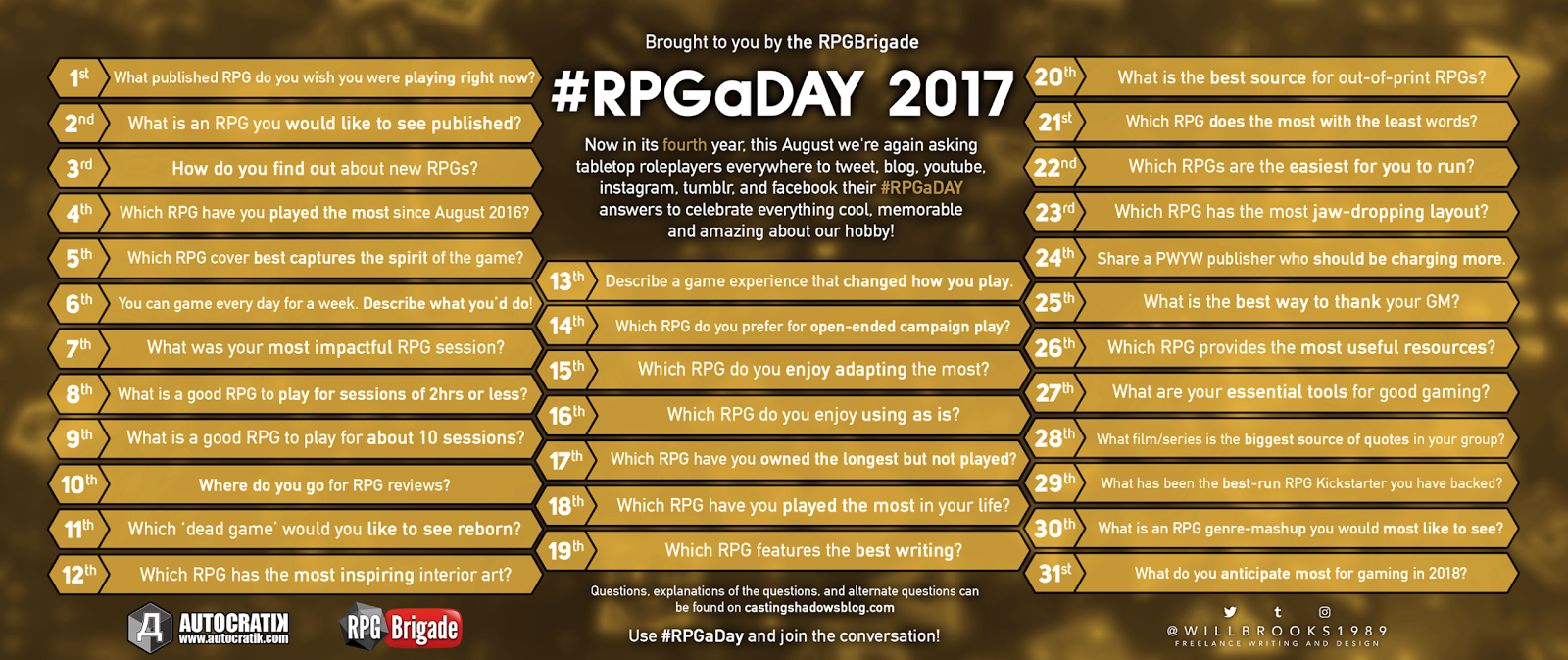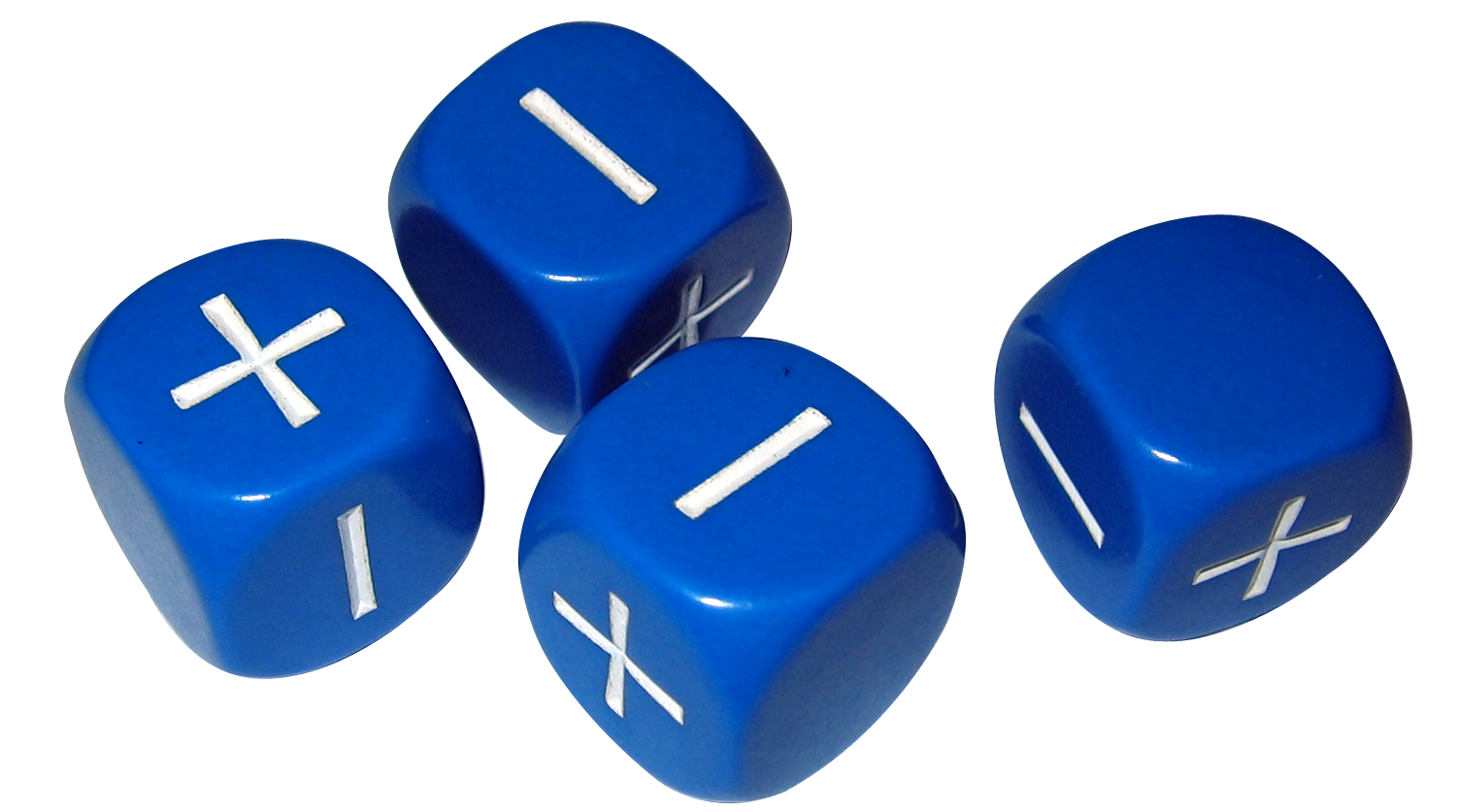I am having a frustrating week this week. I had so many plans, my wife is away at the Edinburgh Fringe so I could really dedicate loads of time to just writing (and horse riding whenever I get stuck). As it happens I have spent the week mostly in the car going from one place to another and have achieved very little and I have the same in store all weekend! This was supposed to be the week I tackled my Rolemaster for young players project (GameMaster Kids). For a bit of light relief I was going to put some more meat on the bones of my HARP/FATE hybrid under the working title of FART. I am way behind with my 50 in 50 adventures and that just about sums up my week.
This weeks questions for #RPGaDAY 2017 could be answered in just two words. I am not a hoarder of games and books and nor do I buy stuff I have no intention of using. When you see the questions you will understand…
15th Which RPG do you enjoy adpating the most?
Well Duh, that would be Rolemaster.
16th Which RPG do you enjoy using as is?
That would be Rolemaster and more specificaly RMC.
17th Which RPG have you owned for the longest but not played?
This would be HARP that I bought last Christmas and is still as yet unplayed.
18th Which RPG have you played the most in your life?
Anyone for Rolemaster?
So the answers were either Rolemaster or HARP. I think RMC specifically works well as is and without any house rules if you want a pretty generic fantasy RPG. I have dropped wholesale into the Forgotten Realms without modification and as D&D was equally generic it just works. I could just have as easily dropped it into Greyhawk and had the same results.
My adaptation of RMC into my own game is a result of wanting to make the rules invisible during normal play. If I had may way there would be no need to pick up a rulebook from the start from the session to the end. I haven’t achieved that because of Arms Law or which ever flavour of combat system you prefer. About 50% of the effort went into adapting the rules to what I wanted and the other 50% went into adapting my prep time. The better organised I am the less time is lost at the gaming table. That is true of every GM but as you all probably know I go so far as to copy and paste sections of the rule books from the PDFs into my game notes so that if someone were to be at risk of drowning then the rule for that is the next paragraph in my notes, if you may fall off a cliff the next page in my notes is the Fall/Crush table from Arms Law and so on. I have merged rules and adventure notes so I need no other documents beyond characters sheets, my notes and the combat tables (and even those I have as individual sheets that I sort so that I only have the weapons/attacks I need for that session to minimise the number of pages. The less pages then the less page flipping to find the right table!)
So there you have it. I fairly uninspiring set of answers this week. Next week is more about publishers and different games so the answers will not all be RM & HARP.









The challenge I see with RMU as opposed to RM2 is the apparent lack of willingness to look beyond fantasy (and even then it’s their definition of fantasy). RM has always suffered (IMO) from the lack of a solid, accessible setting, and RMU just seems to accelerate that trend. They also took steps (especially in the combat system) to render it almost useless for non-magic settings if you leave it RAW. The flexibility that came with RM2 (and even RMSS in its own way) seems to be disappearing.
In addition in a recent comment Hurin had noted the amount of HARP that seems to have found its way into RMU. There is nothing wrong with HARP but HARP is not Rolemaster and definitely not RM2!
That got me thinking. Last year I bought HARP Fantasy and HARP SF. I bought them because I want to run a SF game soon and as I have said many times before I have lost my Spacemaster books.
So HARP is certainly not locked into a fantasy setting and not into one single fantasy setting. Shadow World is statted out for HARP and HARP has its own core setting of Cyradon. HARP SF plays out in Tintamar but by default it also shares the same setting as Kulthea and Spacemaster because of the Shadow World connection.
One of the things I like about HARP is that the last release was to truly unify the fantasy and sf rules and make them interchangeable. I only needed the fantasy rules as monsters make great aliens.
There is a massive gulf between RM2 and HARP and I agree there is a lot of HARP in RMU. The skill system is the same, character creation is very similar. The move in RMU to less combat tables is almost a single step towards the HARP way of thinking and that I think is the problem with RMU. The only weakness as I see it with HARP, looking from a RM background point of view, is the combat system and the criticals in particular. The same old critical comes around again and again way too often and even in the same fight. The rest of the combat system works really nicely as far as I can tell.
Another interesting thing is that the HARP forums are far busier than the RM forums if you exclude the BETA test forums. If you include them then you also need to include the HARP development forums as well. I see a far greater variety of voices in the HARP debates than in the RM ones these days. There is an active HARP community around the game and new HARP books are eagerly awaited,even if most of them are just re-releases to bring them in line with the unified Fantasy/SF rules.
Whether HARP’s firearms are as good as intothatdarkness’s firearms is a completely different question but the fact remains that HARP does have viable settings and it does have modern day and SF elements that make it go well beyond the fantasy genre.
I think RMU is trying to learn from HARP but is struggling to take the old guard with it to some extent. Which is a pity as we are the old guard.